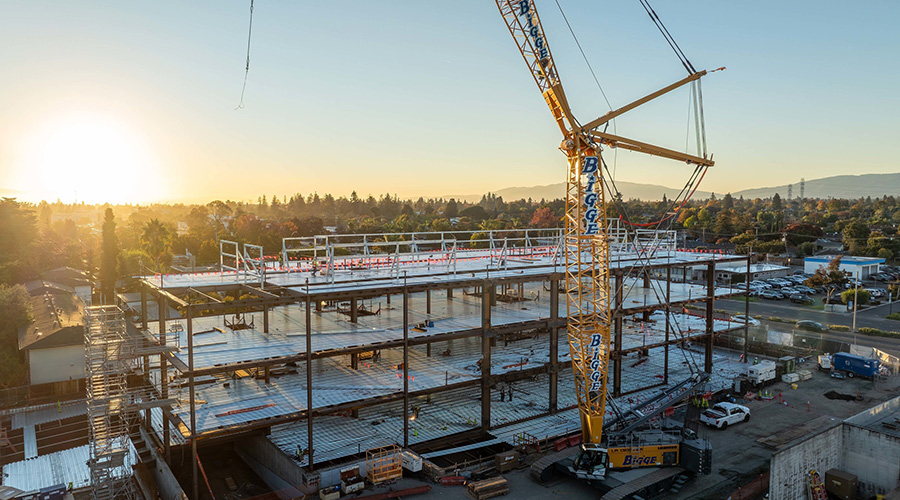An estimated 10 percent of health care workers abuse drugs, according to the U.S. Substance Abuse and Mental Health Services Administration and the American Nurses Association.
Availability and access to medications in health care organizations can make it difficult to detect and prevent drug diversion—a serious potential threat to patient safety. Patient risk from drug diversion includes inadequate pain relief and exposure to infectious diseases from contaminated needles and drugs, as well as potentially unsafe care due to a health care worker’s impaired performance.
A new advisory from The Joint Commission, Quick Safety, Issue 48: “Drug diversion and impaired health care workers,” encourages health care organizations to establish a comprehensive controlled substances diversion prevention program to help detect and prevent drug diversion.
The advisory also reviews patterns and trends that indicate potential diversion such as when controlled substances are removed with no doctor’s order, product containers are compromised, verbal orders for controlled substances are created but not verified by the prescriber, prescription pads are forged, and much more.
According to the alert, the three essential components health care organizations need to consider when dealing with drug diversion are: prevention, detection and response. Safety actions in each area include:
- Prevention: Health care facilities are required to have systems to guard against theft and diversion of controlled substances.
- Detection: Health care facilities must initiate systems to facilitate early detection such as video monitoring of high-risk areas, active monitoring of pharmacy and dispensing record data, as well as staff who are aware of and alert to common behaviors and other signs of potential diversion activity.
- Response: Appropriate response for staff should be “see something, say something.” At the institutional level, appropriate responses include establishing a just culture in which reporting drug diversion is encouraged.
The Quick Safety is available on The Joint Commission website. It may be reproduced if credited to The Joint Commission.
 How Can Healthcare Facilities Use Efficiency to Drive Climate and Health Goals?
How Can Healthcare Facilities Use Efficiency to Drive Climate and Health Goals? El Camino Health Rehabilitation Hospital Officially Tops Out
El Camino Health Rehabilitation Hospital Officially Tops Out Vibra Hospital of Sacramento Reports Data Breach
Vibra Hospital of Sacramento Reports Data Breach EV Charging Station Design: Ensuring Patient Access
EV Charging Station Design: Ensuring Patient Access Sanford Health and Prairie Lakes Healthcare System Merge
Sanford Health and Prairie Lakes Healthcare System Merge